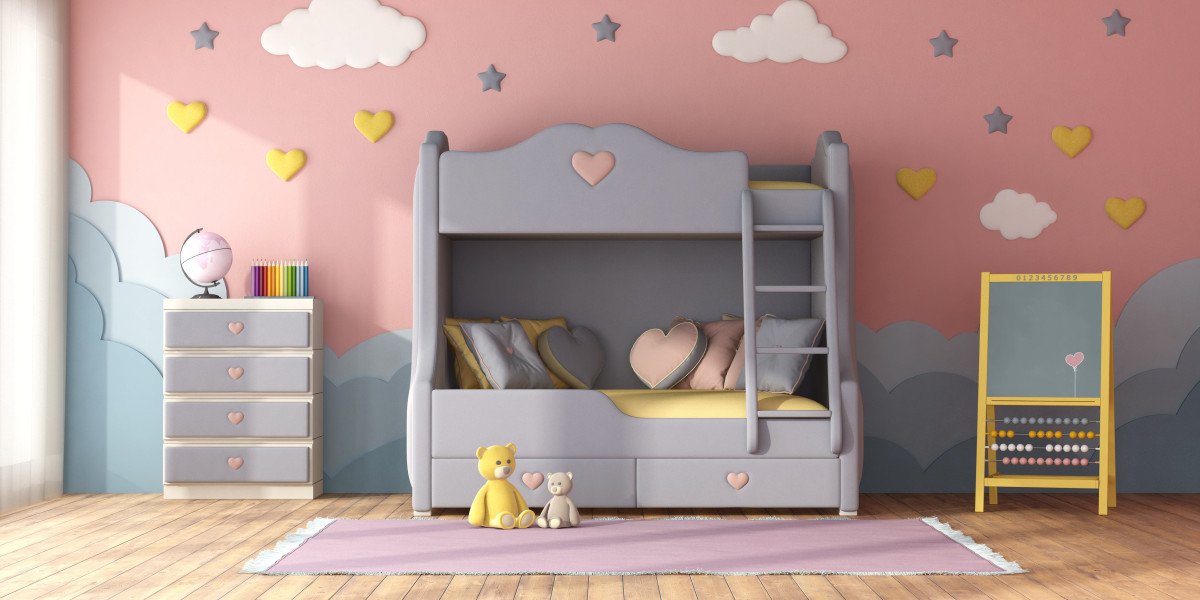Chinese art traditional is not just a visual spectacle—it is a deeply spiritual and philosophical journey that spans thousands of years. This art form carries within it the soul of a civilization, echoing Confucian ethics, Daoist nature worship, Buddhist introspection, and historical evolution. To truly grasp the essence of Chinese art traditional, one must explore beyond colors and forms—into its roots, rituals, and worldview.
The Spiritual Foundation of Chinese Art Traditional
At its core, Chinese art traditional reflects harmony—between humanity and nature, the material and the metaphysical. This harmony is deeply influenced by three spiritual philosophies: Confucianism, Daoism, and Buddhism. These ideologies shaped the aesthetics, symbolism, and purpose of artistic expression in China.
Confucian Influence
Confucian values of respect, righteousness, and social order find expression in Chinese calligraphy, paintings of scholars, and formal portraiture. Art was often used as a vehicle to reflect one's character and virtues. In imperial China, brush and ink were seen not merely as tools but as extensions of the mind. The discipline and balance required in calligraphy, for instance, mirrored the self-restraint and moral balance prized by Confucians.
Daoist Connection with Nature
Daoism celebrates the natural world and emphasizes the flow of energy, or Qi. This worldview is evident in traditional Chinese landscape painting—shanshui hua—where towering mountains and flowing rivers are not depicted realistically but symbolically. The goal was not to replicate nature, but to capture its spirit. Artists often painted not what they saw but what they felt, creating visual metaphors for the Daoist pursuit of harmony with the cosmos.
Buddhist Spirituality
With the arrival of Buddhism, Chinese art traditional embraced a new realm of spiritual depth. Buddhist temples, sculptures, and thangkas (religious paintings) became prominent. These works were not merely decorative; they were meditative tools, aiding practitioners in their journey toward enlightenment. Bodhisattvas, Buddhas, and celestial beings filled canvases and carvings, not as idols but as symbolic guides.
Symbolism and Motifs
Traditional Chinese art is steeped in symbolism. Every stroke, color, and subject carries meaning. The dragon, for example, is not just a mythical beast—it symbolizes imperial power, strength, and auspiciousness. The plum blossom represents resilience, blooming in the frost. Bamboo signifies integrity; it bends but never breaks.
This use of symbols extended to everything—from scrolls to ceramics to silk paintings. Artists were trained not only in technique but in the cultural significance of their work. A flower, a cloud, or even negative space could speak volumes about the artist’s intention and emotion.
Mediums of Traditional Art
Chinese art traditional manifests through several iconic mediums. Each one developed through centuries of innovation and practice, rooted in the artist’s discipline and philosophical outlook.
Calligraphy
Calligraphy is perhaps the purest form of Chinese artistic expression. It unites language with visual rhythm. The form and flow of characters express not only meaning but the artist’s mood and energy. Ink density, brush pressure, and spacing all contribute to the final message, which often transcends literal interpretation.
Ink Wash Painting
Often seen as an extension of calligraphy, ink wash painting (shuǐ mò huà) emphasizes brush technique and minimalism. A few strokes can evoke vast mountains, flowing water, or deep emotion. It is meditative, requiring not only skill but a tranquil mind. This type of painting is less about accurate depiction and more about capturing the inner Qi of the subject.
Ceramics and Porcelain
China’s ceramics—especially porcelain—are renowned worldwide. But beyond their beauty lies a spiritual context. Many vases and dishes bore motifs with spiritual meanings, such as lotus flowers (purity), cranes (longevity), or waves (life’s turbulence). Even the crafting process was sacred, involving rituals and blessings to ensure harmony in the final product.
Silk Embroidery and Painting
Silk has long been a canvas for traditional Chinese art. Paintings on silk, delicate and luminous, often portrayed court scenes, landscapes, and mythological tales. Silk embroidery elevated this further with intricate threadwork that told stories through texture and sheen. Many of these artworks were offerings to ancestors or gods, linking art to reverence and ritual.
The Role of Ritual and Ancestry
In ancient China, art was not merely for enjoyment. It served sacred purposes—used in temples, ancestral halls, and state ceremonies. Ritual bronzes, elaborately designed, were used in offerings and ceremonies, underscoring the divine connection in artistry.
Ancestral portraits were another spiritual tradition. Families commissioned lifelike images of their elders to honor and communicate with them in the afterlife. These were not stylized depictions but dignified, solemn works meant to preserve legacy and ensure spiritual continuity.
Transmission Through Dynasties
Each dynasty contributed uniquely to the growth of Chinese art traditional. The Tang Dynasty brought vibrancy and Buddhist influences. The Song era emphasized naturalism and refined brushwork. The Yuan Dynasty, with its Mongol rulers, sparked innovations through multicultural exchange. The Ming and Qing Dynasties saw a flourishing of decorative arts, while literati painting—by scholar-artists—emphasized personal expression over perfection.
This continuity and evolution highlight how deeply embedded art is in China’s spiritual and cultural fabric. It was not just the court or religious institutions—common people, scholars, and artisans all participated in the shaping of this tradition.
Contemporary Echoes of Ancient Traditions
Today, Chinese art traditional continues to inspire. Contemporary artists reinterpret classical styles to express modern themes. Museums around the world display ancient scrolls, porcelain, and ink paintings, drawing admiration and study.
In digital media, traditional aesthetics are being revived. From fashion to animation, elements like calligraphic fonts, symbolic motifs, and Daoist landscapes resurface with new relevance. But perhaps more significantly, the spiritual undertone remains—the idea that art is not just seen, but experienced.
Integrating Chinese Art Traditional in Modern Life
Whether you’re a collector, artist, or enthusiast, engaging with Chinese art traditional can be transformative. From displaying a landscape scroll in your study to practicing calligraphy as a meditative ritual, this tradition invites you to slow down and connect with something timeless.
Businesses, too, are incorporating traditional motifs in branding, design, and decor—recognizing the universal appeal of its elegance and meaning. Online platforms like China Art Hub curate authentic Chinese painting supplies and educational content to help artists, students, and collectors explore this rich legacy.
For students of art, cultural history, or spirituality, understanding Chinese art traditional opens new doors. It’s a bridge between the tangible and the intangible, the historical and the eternal.
Final Thoughts
Chinese art traditional is not simply about brushwork, clay, or color. It is a sacred language—an expression of belief systems, natural rhythm, and ancestral honor. Every piece is more than decoration; it is a manifestation of worldview and inner spirit. To truly understand it, one must go beyond the canvas and into the heart of Chinese thought and tradition.
Whether you're admiring a mountain ink wash or tracing the strokes of a Tang dynasty calligrapher, remember: you're not just witnessing art—you're stepping into a spiritual dialogue that has been ongoing for millennia.
Let your journey into Chinese art traditional be one of reverence, curiosity, and personal connection. Explore it, feel it, and let it transform the way you see art—and perhaps, life itself.









